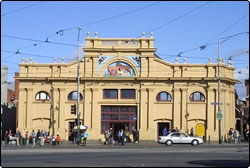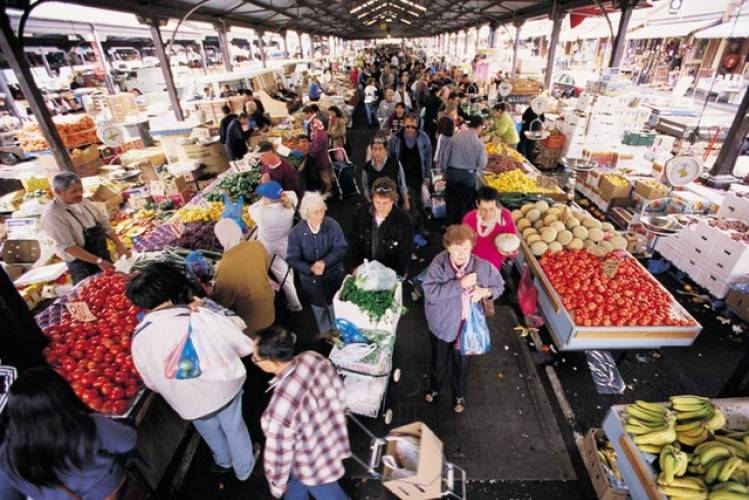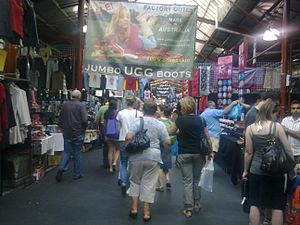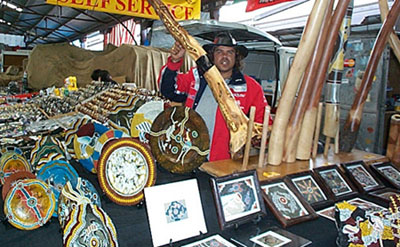Introduction
The concepts of knowledge, experience and place are interlinked because they collectively define the human-environment interaction, which is at the core of understanding place theories. Memmott and Long (2002) reiterate that, the concept of place takes the form of an interactive forum where people and the environment mutually interact with one another. For instance, a place is often defined by the concept of knowledge through the modification of a place, to bear certain qualities that reflect the knowledge applied. For example, a place can be modified by people to accommodate certain activities like farming. This modification is as a result of the knowledge (potential) of that place to support farming. Therefore, the area is modified to represent such knowledge (Crawford 1982, p. 2). This is a clear example of the contribution knowledge has to the concept of place.
However, experience is also an integral component to the definition of place theories because people interpret a place, based on their experiences with the place (Anderson and Gale 1992). Some people may have a negative or positive experience regarding a given place, such that, their definition of the place represents their experience. This experience is especially encompassed by emotional sentiments such as nostalgia, hatred, affection and the likes (Memmott and Long 2002). Comprehensively, we see that the concept of knowledge and experience are closely integrated with the theoretical definition of a place. This observation affirms the fact that, knowledge cannot exist independently. This paper explains this fact through an analysis of Queen Victoria market in Melbourne, Australia. The paper will first explain the reason Queen Victoria market will be crucial for this essay. Secondly, an explanation of the influence realized in the understanding of the place will be explained. Afterwards, the association of Queen Victoria market and the language used to describe it will be done to explain the relation that places share with the languages used to describe them. Finally, this paper will show how Queen Victoria market can be perceived in the eyes of people from other cultures.
Queen Victoria Market
Queen Victoria Market is designed to accommodate economic activities, with the aim of serving economic growth and profit-making objectives. Here, systems, procedures, and social interactions occur in a manner that allows for the free exchange of goods, information and services in a common setting. Queen Victoria market is located in the North Western side of Melbourne. It stands on a seven hectare piece of land which has been historically maintained by the city council of Melbourne for more than a century now (Queen Victoria market 1997). Queen Victoria market is one of two markets owned by the city council of Melbourne, but it is unique to other markets because it bears historical architectural and structural elements that do not resemble modern-day markets. Other markets have been redesigned and modernized to represent present-day market needs but minimal changes have been made to modernize Queen Victoria market. This factor sets it apart from other markets in the region. The following diagram shows its present-day form.

Queen Victoria market is known for its high quality goods and services. The place is also known for its rich experience in school excursions because students have often frequented the place in form of educational tours (Interschool Resources 2010). Its rich experience in educational tours emanate from the fact that, the market bears historical features which are crucial to the understanding of Australian culture. Queen Victoria market is also probably the only place of its kind that attracts people from all cultures because it is rich in several goods, ranging from sea foods, fruits, vegetables, meat poultry and the likes (Markets of Melbourne 2011). The following diagram shows this rich collection of foods.

Nonetheless, as is evidenced from the diagram below, the market is also known for its rich collection of non-food items such as shoes and clothes.

However, Queen Victoria market is best known for its rich cultural diversity because it bears goods and services that reflect the dynamic nature of Australia’s population. This fact makes the market stand out as a special place in the region since nobody gets bored while visiting the place. There is always something that interests every group of people.
Understanding of Victoria Market
Memmott and Long’s interpretation of a place has greatly contributed to the understanding of Victoria market. Their assertion that a place is a product of human-environment interaction has therefore gone a long way to aid in the understanding of the dynamics that make Queen Victoria market what it is today. For instance, Memmott and Long (2002) make reference to the historical attachment that certain groups of people have towards a certain place. In this context, they try to preserve this experience. Memmott and Long (2002) further explain that, territorial borders are a good example of human-environment interaction which defines a place because certain groups of people or nationalities believe they have the right to own certain place, based on historical knowledge or similar information. Some even defend such places with their lives.
In the context of the Queen Victoria market, the concept of human interaction with a place is explained by the preservation of historical attributes of the market. The fact that the market has not been renovated or re-designed is a statement to expose the cultural attachment Australia has of the market. Australians therefore preserve this cultural value by preserving the market’s history. Memmott and Long (2002) explain such behaviors as a cultural mechanism of survival.
The concept of knowledge is also manifested in Memmott and Long’s explanation of place (if analyzed in the context of the Queen Victoria market). For instance, the market is characterized by inter-ethnic diversity which represents the rich cultural makeup of the Melbourne society. The fact that Melbourne is composed of a multiracial society is therefore manifested in the social makeup of the market. This is a representation of the knowledge which is characteristic of the Melbourne society.
Language
Queen Victoria market is subject to Seddon’s analysis of language when it is used to describe landscapes Seddon (1997). This analysis is especially conceptualized in her definition of the concept of anthropocentrism because she questions the very essence of naming certain landmarks. Queen Victoria market represents the cultural symbolism of Australia’s rulers (Queen Victoria). However, the place is defined by the cultural dynamism which is expected to make the place stand-out as an intercultural hub in Melbourne (Long 2001). It is therefore ironic that Queen Victoria market is deemed a cultural melt-pot of Australia but its name is uniquely Australian. Moreover, its cultural features are strongly characteristic of one cultural affiliation (Australian) but the activity that goes on within the building is uniquely inter-ethnic. This definition therefore exposes Seddon’s interpretation of anthropocentrism by noting that, there is more to a place than the language assumed to represent it.
This definition is closely interlinked with the concept of “naming” as described by Seddon (1997). Queen Victoria Market is named after Queen Victoria as a way of preserving the cultural attributes associated with the market, and indeed, the place. By naming the market Queen Victoria, Australia is able to take possession of the market as a special historic feature of the region (despite the deep cultural mix of the place). The market is therefore named to preserve the authentic origin of the place. This analysis affirms Seddon’s interpretation of the concept of “naming” in language.
Third Party Perspective
Queen Victoria market can be perceived by people from other cultures as a place which is uniquely Australian because it bears the historical features of an Australian piece of architecture. The design of the place is therefore characteristic of only one cultural affiliation, but in reality, it does not represent one culture. To a person from another culture, Queen Victoria market may therefore seem like an Australian popular market that specializes in Australian goods and services, designed for the Australian population. However, this is not the case. The place is rich in goods and services that are of interest to other cultures and ethnicities as well. The following diagram shows some of the artifacts sold in the market which appeals to other cultures (apart from Australian).

Moreover, the market is not a place that only appeals to the Australian culture because as mentioned in earlier sections of this study, the market is a place where other people (from other nationalities) can find to be of interest.
Conclusion
This paper reaffirms the fact that, the concepts of knowledge, experience and place are interlinked because they collectively define the human-environment interaction, which is at the core of understanding the concept of place. Queen Victoria is a good example of this fact because we have established that, the place is a product of the knowledge and experiences of the Australian culture (on the market) that makes it what it is today. The concept of knowledge is enshrined in the fact that, the market structure and architecture has been preserved to represent the historic Australian culture. The concept of experience is evident from the fact that, the market represents Australia’s association with Queen Victoria as a hallmark of its heritage. Collectively, these factors confirm that the concept of knowledge and experience define a place.
References
Anderson, K & Gale, F 1992, Inventing Places: Studies in Cultural Geography, Longman, New York.
Crawford, I 1982, Traditional Aboriginal Plant Resources in the Kalumburu Area: Aspects in Ethno-economics, West Australian Museum, Perth.
Interschool Resources, 2010, ‘Queen Victoria Market’, Web.
Long, S 2001, Cross cultural concepts of cultural heritage, Aboriginal Environments Research Centre, Queensland.
Markets of Melbourne, 2011, ‘A Tour of Queen Victoria Market’,Web.
Memmott, P & Long, S 2002, ‘Place Theory and Place Maintenance in Indigenous Australia’, Urban Policy and Research, Vol.20, No.1, pp. 39–56, Web.
Queen Victoria market, 1997, ‘Queen Victoria market’, Web.
Seddon, G 1997, ‘Words and weeds: some notes on language and landscape’, in Landprints: Reflections on Place and Landscape, Cambridge University Press, Cambridge.
